
From “Spearway” to National Highway

Sailing Sloops and Boat Building
Marine activities expanded greatly throughout the 19th century, and provided a livelihood for many people. Fishing and shipping were probably the subsidiary activities which had greatest economic significance throughout the century. Marine activities brought, literally speaking, wind into the sails of many rural districts in Hordaland during that period.
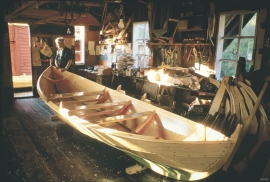
The Wooden Boat
Craftsmanship through two thousand years

The Warp-Weighted Loom- A thousand year tradition in weaving
The art of spinning, the art of weaving and the art of dyeing wool is knowledge which has been an important resource in the natural household for several thousand years. And the art of weaving still fascinates new generations.
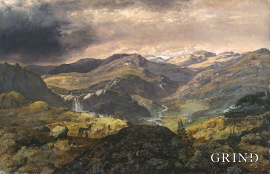
The Artist and his Experience of Nature
På ferd mot vest over Hardangervidda opplever vi det dramatiske panoramaet når vidda går over i djupe bergkløfter og høge fossefall – eit utsyn som har fascinert kunstnarane.
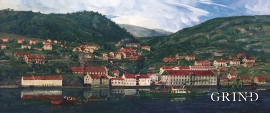
The Urban Settlements
The development of urban settlements after 1850 is a historic process of great significance for the cultural landscape. Besides the great land reforms and the new ways of working in agriculture, the changes in the settlement pattern and the building of a road network with roads, bridges and cuttings were the single factors which have most significantly contributed to the metamorphosis of the county’s physical visage in the last 150 years.
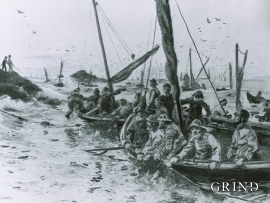
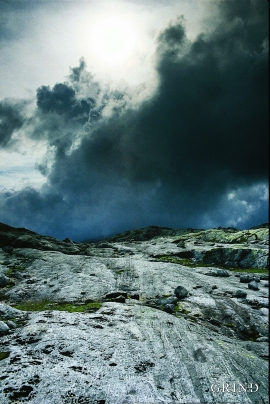
The Precambrian Era and Precambrian basement rocks
Almost nothing is as solid, unchangeable and stable as the Norwegian Precambrian basement rocks. Here, there are no volcanic eruptions or violent earthquakes that can cause natural catastrophes. But, it has not always been that way! There have been periods when glowing hot lava flowed over it or when large parts of the Precambrian basement have "taken a beating", both in Precambrian times and during the Caledonian mountain-building event.

Hordaland as high as the Himalayas- the Caledonian mountain chain
The Himalaya Mountain Chain is being formed by the Indian continental plate colliding w the Asian continent. This happens because the earth’s continental plates are constantly moving in relation to each other. Sometimes they crash together and form large collision zones or mountain chains. The collision between India and the Asian continent has created the world's highest mountain and thickest continental crust. But the creation of the Himalaya mountain chain is essentially just a repeat of what happened more than 400 million years ago when Western Norway and Greenland collided and formed the Caledonian mountain range. That mountain-building event caused quite dramatic changes in topography, climate and crustal thickness, and resulted in both volcanism and a lot of earthquake activity. In addition,


